Learn about different climate types with this set of 6 printable posters.
Teach the Types of Climate with Anchor Charts
Use these educational posters as a teaching resource during your science or geography lessons for students to refer to when learning about the different climate types around the world.
What Are the 6 Types of Climates?
Teaching climate types can be a daunting task for teachers. There are many different climates, and they all have very specific characteristics. However, teaching kids about the six types of climate is not only fun, but it will help them learn about geography in an interactive way that will stick with them for years to come.
This set of educational posters will help you teach the following climate types and their unique characteristics.
- Arid (dry)
- Continental (subarctic)
- Highland (alpine)
- Polar (ice cap)
- Temperate (moderate)
- Tropical
Each poster has detailed information regarding the landscape, where it is located, vegetation that can grow, seasons and animals that live there.
If you are new to teaching this part of the curriculum or need a refresher on the differences between each climate type, read on for a quick primer from our team!
What Is an Arid Climate?
An arid climate is a type of climate that is very dry, with very little rainfall. This means that there is not a lot of water available for plants and animals to use. The air is often hot and dry in an arid climate, and the land is usually covered with desert or scrubland. Because there is not much water, it is hard for plants to grow in an arid climate, and there may not be many animals living there. However, some animals and plants have adapted to living in arid climates and can survive and even thrive in these conditions.
What Is a Temperate Climate?
A temperate climate is a type of climate that is not too hot or too cold. It’s kind of like the Goldilocks of weather – not too hot, not too cold, but just right! In a temperate climate, you can expect to have four seasons – spring, summer, fall, and winter – each with its own unique temperatures and weather patterns. Places with a temperate climate are great for growing crops and are usually very pleasant to live in.
What Are Continental Climates?
A continental climate is a type of climate found in places far away from the ocean. The summers are usually hot in these areas, and the winters are very cold. This is because there is no ocean nearby to help regulate the temperature. Places with a continental climate can have very different temperatures throughout the year, and they often get a lot of snow in the winter.
What Is a Tropical Climate?
A tropical climate is a type of climate found near the equator, like in rainforests. In these areas, it is usually hot and humid all year round, with temperatures staying pretty much the same. There are usually two seasons in a tropical climate – a wet season and a dry season. During the wet season, it rains a lot, and everything is green and lush. During the dry season, it hardly rains at all, and things can get pretty dry.
What Is a Highland Climate?
A highland climate is a type of weather that is found in places with high elevations, like on top of mountains. In these areas, the temperatures can be very different from the temperatures down below. It can be colder and snowier, even if it’s warm and sunny down in the valleys.
What Is a Polar Climate?
A polar climate is a type of weather that is found in the areas around the North and South Poles. It is extremely cold all year round in these areas, with temperatures staying well below freezing. There is usually a lot of snow and ice, and not many plants or animals can survive in this climate.
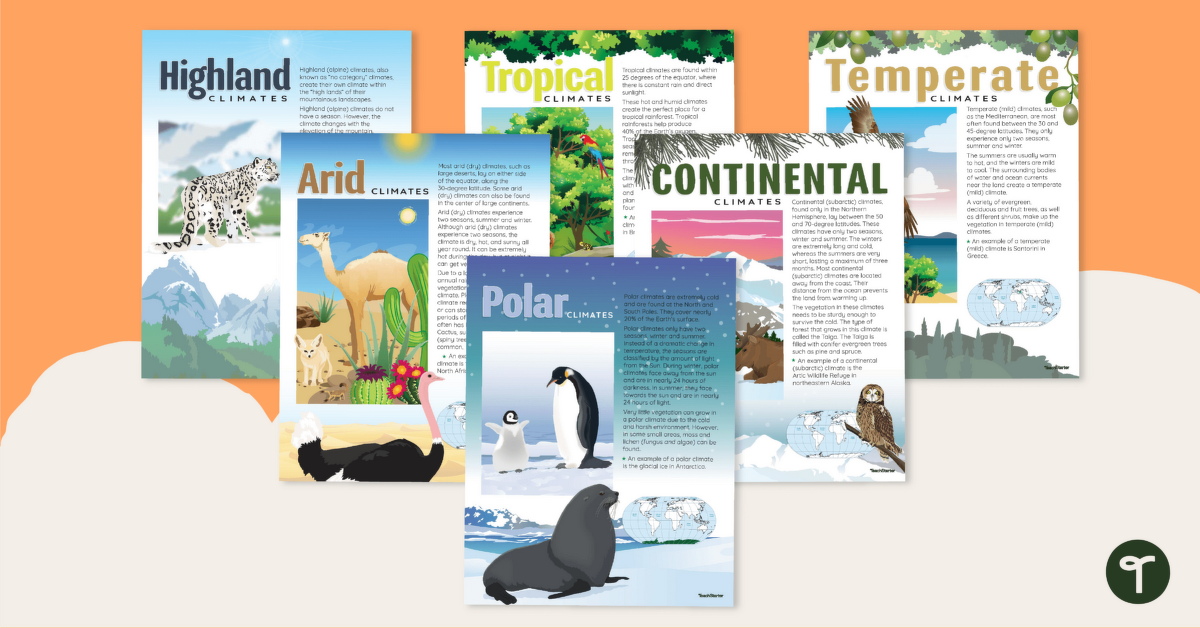

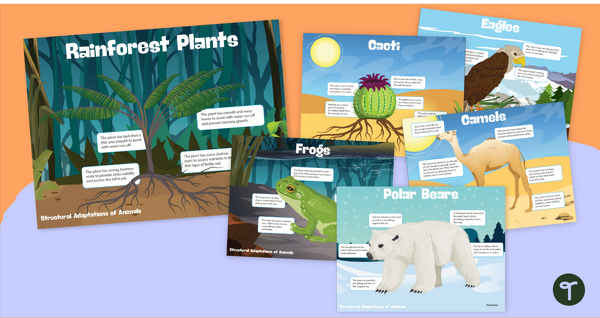
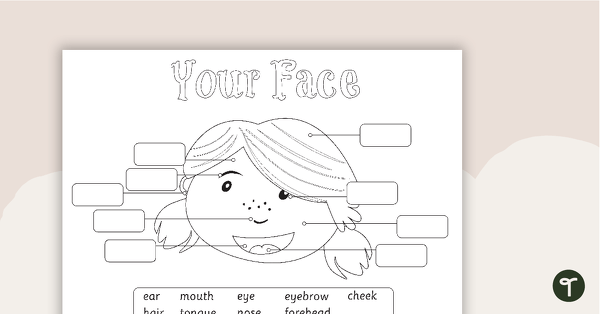
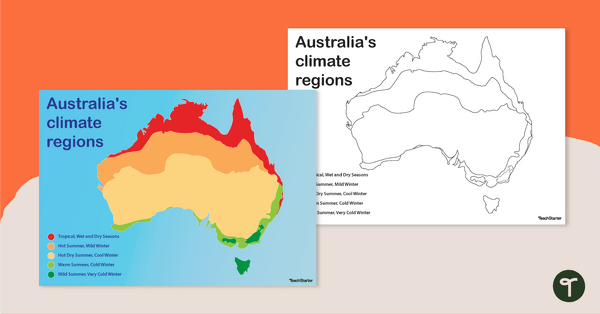
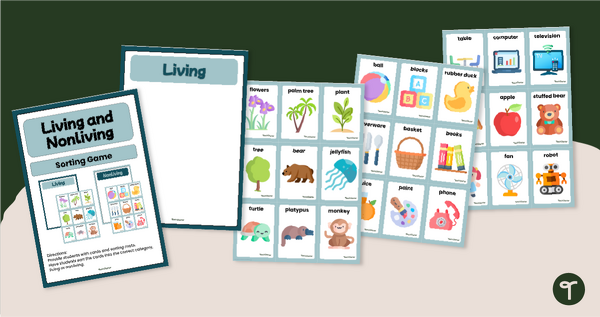
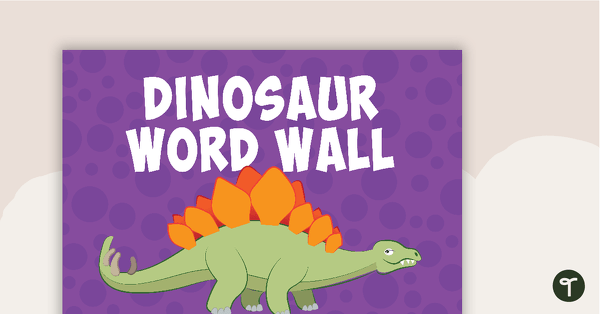
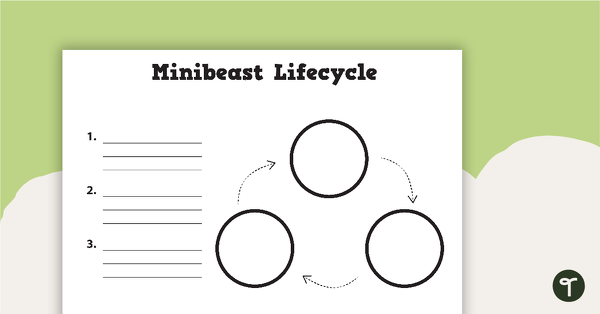
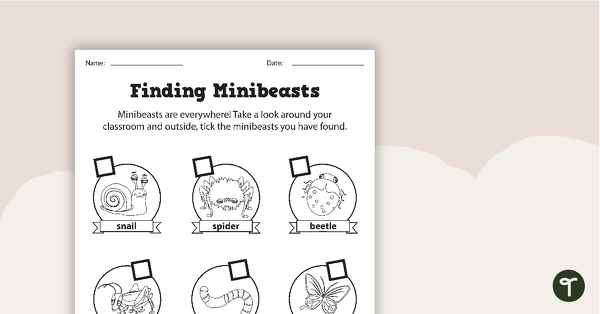
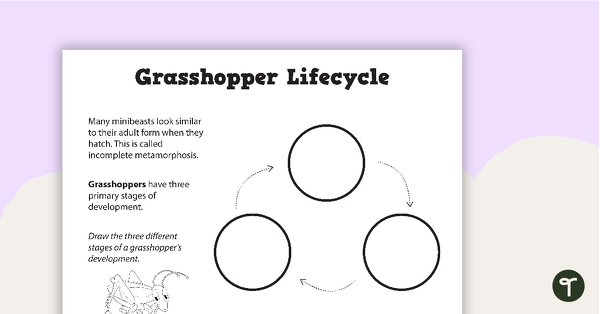
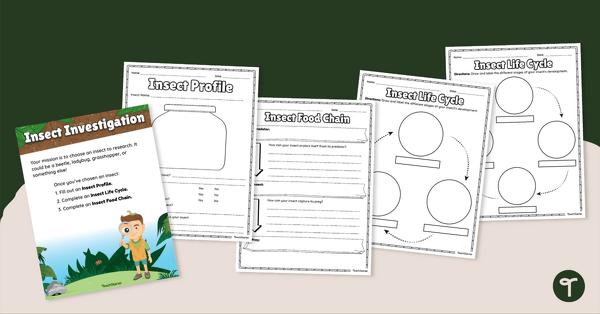
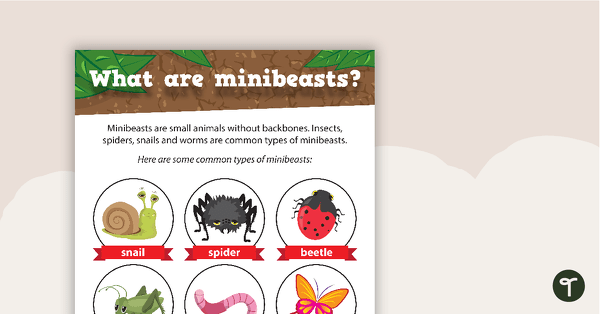
0 Comments
Write a review to help other teachers and parents like yourself. If you'd like to request a change to this resource, or report an error, select the corresponding tab above.